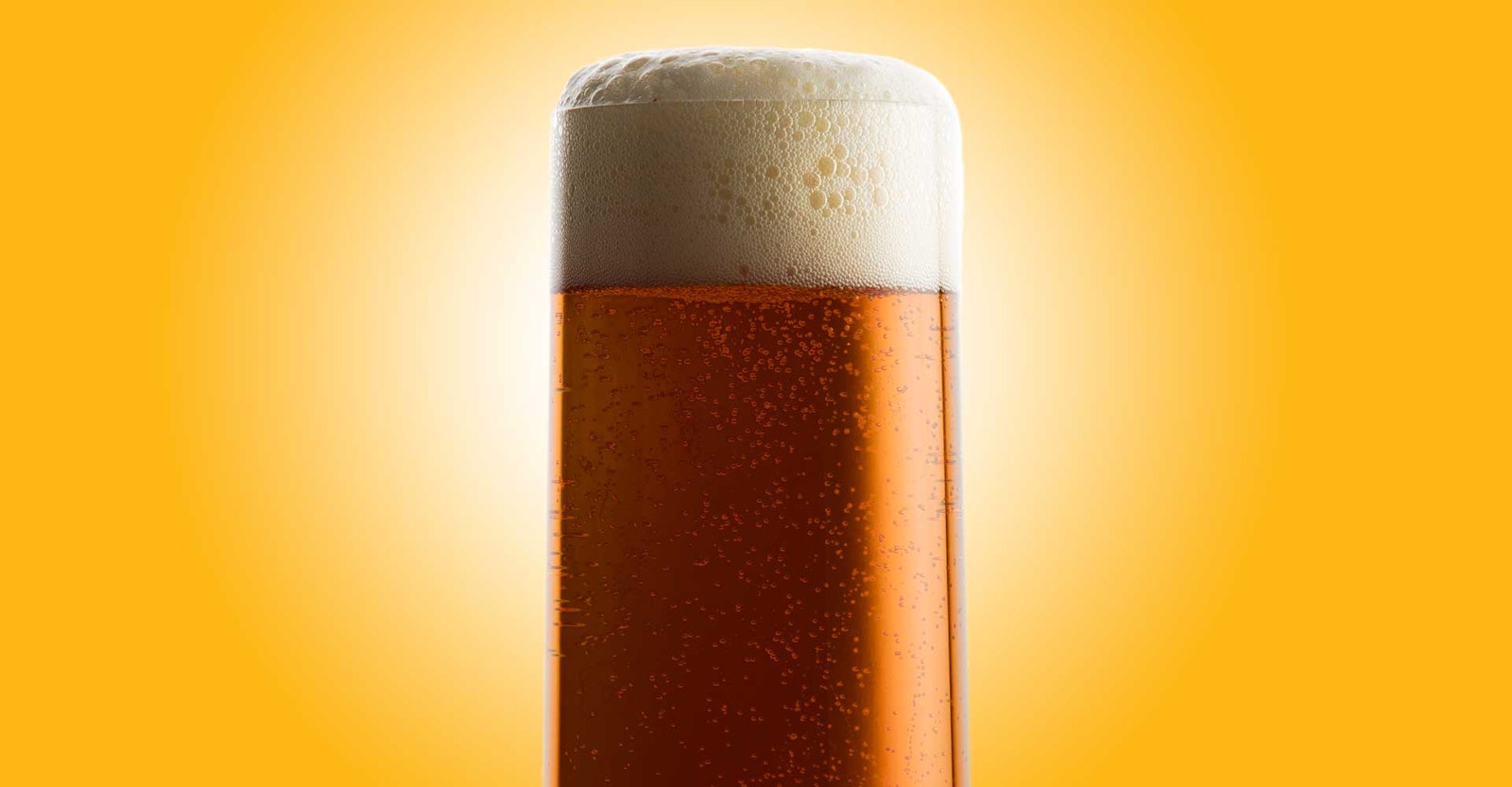I love brewing bocks. It might be because when we think of lager, we tend to think of pale ones such as pilsner and helles. Then we go down the lager rabbit-hole and learn about festbier, schwarz, and dunkel, and odder things with odder names—including a few that seem to have something to do with goats. Thus, we discover the bock family.
Somewhere between hefty doppelbocks and pale heller bocks, the traditional dunkles bock (or dark bock) is like the family’s middle child. It doesn’t get the attention of the other two, but this dry, malty strong lager is one you’ll want in your fridge year-round.
Style
One way to think of this style is as a kind of strong märzen. It has a lot of the same flavor characteristics: richly malty, plenty of toasty melanoidin-derived flavor, bitterness to balance, and a dry finish. However, this is a stronger beer, typically checking in between 6 and 7 percent ABV. That alcohol adds some sweetness of its own, and I’ve judged many in competition that lacked enough bitterness to balance it. We’ll be intentional with our ingredients here and shoot for a strong, warm, malty, dry, medium-brown lager.
Ingredients
A two-to-one ratio of Munich to Maris Otter starts us on the right track—here, we want rich and bready, rather than the honey-like quality that we might get from a load of pilsner malt. To increase that malt complexity while avoiding too much sweetness, we add layers of Caramunich, Briess Special Roast, and CaraRye. These add melanoidins, toast, and a malt flavor that stops just short of roasted. Note that the gravity here is approaching doppelbock proportions, but the effect will be drier. Hops are easy: 30 IBUs of anything at the start of the boil. That may seem high, but it will help balance that malt and round out nicely with age. For the yeast, the Bavarian Lager strain (Wyeast 2206) is perfect. It attenuates well enough (up to 77 percent) but doesn’t have the same “crisp” character that we get from some other strains. We want malty, and this strain delivers—though it does have one commonly cited drawback …
Process
If there’s one thing you want to avoid here, it’s diacetyl, and the Bavarian Lager strain is prone to it. Diacetyl will make your beer seem slick and sweet, which is the antithesis of what we want here. However, this is nothing to worry about if we pay attention to time and temperature. Start your fermentation low—like, alarmingly low—as low as 45°F (7°C). Don’t worry if it takes a while to get fermentation rolling; the colder you start, the better off you’ll be. Chill your wort, refrigerate it below 50°F (10°C), then pitch and take the temperature the rest of the way down, if you’re not there already. Once fermentation starts, wait four or five days, then start slowly raising the temperature by a degree or two per day, until you hit 60°F (16°C). We want to ensure a thorough cleanup of all diacetyl and precursors. Once airlock activity stops, yank the beer and leave it at room temperature for two weeks before crashing. Don’t rush, start cool, and finish warm, and you’ll get an excellent strong, clean, and dry lager.
A great bock is almost as much fun to smell as it is to drink—a luxurious grist showcase. You can take your time drinking it as well as making it—this one will keep in the fridge for a year or more.
For my recipe, see Sauber Traditional Dunkles Bock.

